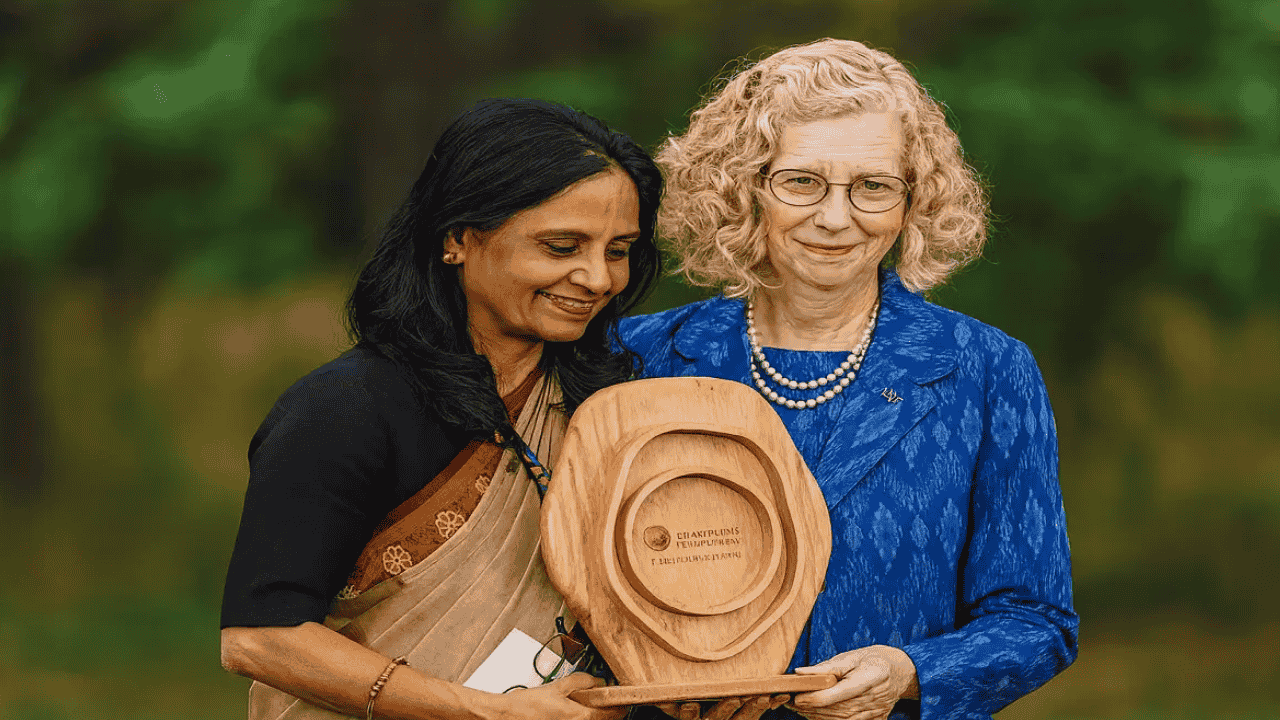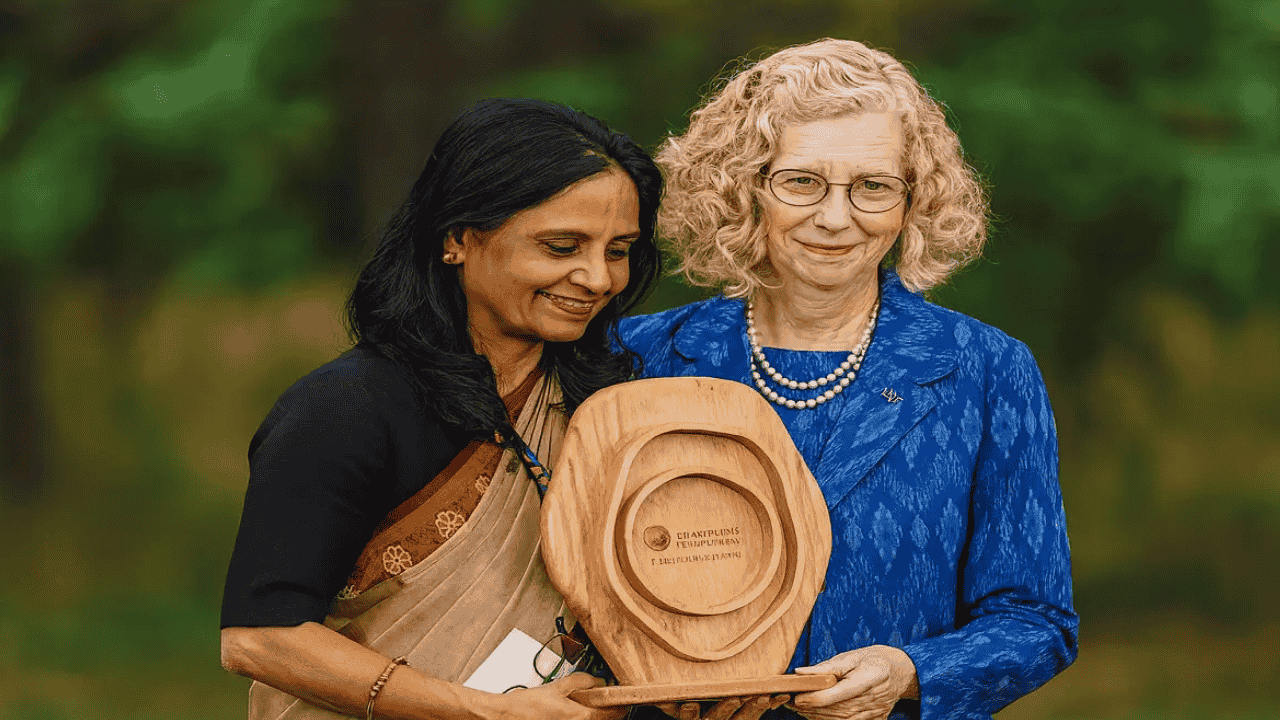Revolutionary Success in Reproductive Science
Britain has achieved a historic scientific milestone in reproductive medicine. According to a report published on July 16, 2025, DNA from three people was used to help give birth to eight healthy babies. This marks one of the most successful clinical trials of Mitochondrial Replacement Therapy (MRT) and demonstrates the potential to prevent serious inherited mitochondrial diseases.
This treatment, often referred to as “three-parent IVF,” involves combining nuclear DNA from the biological mother and father along with healthy mitochondrial DNA from a female donor.
These children include:
Four boys
Four girls (including one set of twins)
One more woman is currently pregnant
Mitochondrial Disease: The Problem and Scientific Solution
The Problem: Mutations in Mitochondrial DNA
Mitochondria, often called the “powerhouses” of cells, have their own DNA, separate from the DNA in the cell nucleus. This mitochondrial DNA is essential for energy production in the body. If there are mutations in this DNA, it can cause critical diseases in newborns.
Key facts:
Annually affects around 1 in 5,000 newborns
Passed down only through the mother
Symptoms include muscle weakness, seizures, organ failure, and even death
No permanent cure currently available
The Solution: Mitochondrial Replacement Therapy (MRT)
The research team in Newcastle used a technique called pronuclear transfer, which involves:
Fertilizing both the mother's and the donor's eggs with the father's sperm
Extracting the pronuclei (containing the parents' nuclear DNA) from the mother’s fertilized egg
Transferring this nuclear DNA into a fertilized donor egg that contains healthy mitochondria but no nuclear DNA
Resulting in an embryo with nuclear DNA from the parents and mitochondrial DNA from the donor
Main results from the trial:
All eight babies were healthy and meeting normal developmental milestones
Six babies had 95–100% reduction in harmful mitochondrial DNA
Two babies had a 77–88% reduction, still below disease risk levels
Donor DNA constitutes less than 0.1% of the baby’s total DNA
Global Legal and Regulatory Framework
United Kingdom: Pioneer in Mitochondrial Donation
The UK was the world’s first country to legalize this technology in 2015. The process included:
2012: Ethical review by Nuffield Council on Bioethics
2013: Public consultation by the Human Fertilisation and Embryology Authority (HFEA)
2015: Parliamentary approval in both Houses
2017: Newcastle Fertility Centre became the first licensed clinic
In the UK, each case requires:
Approval from HFEA
Ongoing medical monitoring
Use only when there is a major risk of mitochondrial disease
A thorough informed consent process
Global Status
Countries allowing this technique:
United Kingdom (2015) – Clinical use fully regulated
Australia (2022) – Recently legalized; trials to begin soon
Countries with bans/restrictions:
United States – Research and clinical use banned since 2015
Most of Europe – Not expressly allowed
Canada, France, Germany – Explicitly prohibited
Ethical Considerations and Scientific Outlook
Reasons Supporting the Technology
Medical Benefits:
Prevents the transmission of lethal inherited diseases
Allows biological parenthood for affected families
Scientifically controlled and regulated
Genetic modification is minimal (only affects mitochondrial DNA)
Concerns and Challenges
Ethical Dilemmas:
Impact on future generations without their consent
Concerns about “designer babies” and misuse
Doubts on long-term safety
Exploitation of female egg donors
Religious and cultural objections
Scientific Limitations:
Doesn’t completely guarantee elimination of disease
Some faulty mitochondrial DNA may still be transferred
Only effective against specific mitochondrial disorders
Requires long-term health tracking of affected children
Ongoing Global Research and the Way Forward
The UK remains the global leader in regulated three-parent IVF
Clinics in Greece, Spain, Ukraine, and Mexico have offered variations of this technology, some controversially used for general IVF success rather than disease prevention
Newcastle University researchers will monitor the children’s development until age 5 to evaluate long-term health outcomes
Why This Matters for Your Exam Preparation
This news is highly relevant for UPSC and other competitive exams across multiple areas of the syllabus:
General Studies Paper III – Science & Technology
Application of Biotechnology in health
Techniques of genetic engineering
Reproductive innovations and their regulation
Clinical trial frameworks and international approvals
General Studies Paper IV – Ethics
Ethics in genetic modification
Autonomy, consent, and rights of future generations
Balancing scientific progress with bioethics
Current Affairs Connection
International cooperation in biomedical research
Healthcare and policy development
Legal management of emerging technologies
Social implications of advancements in reproductive science
Key Exam Pointers:
Compare global legal frameworks for emerging genetic technology
Analyze ethical dilemmas of heritable genetic modifications
Evaluate the scientific evidence base for formulating public policy
Assess the socio-cultural impact of new reproductive methods
Possible UPSC Mains Questions:
Discuss the ethical and scientific complexities involved in Mitochondrial Replacement Therapy (MRT).
Compare the regulatory approaches of different countries toward emerging biotechnologies like "three-parent IVF".
Examine the wider implications of “three-parent baby” technology on society and health policy.
📝 Make notes of this topic in your current affairs journal and use it as a potential case study in your Science & Tech and Ethics paper.
Stay prepared with Atharva Examwise – Your guide to success!








